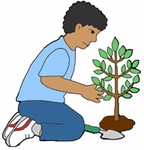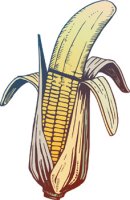
Worksheets and No Prep Teaching Resources
Reading Comprehension Worksheets
Caring for Earth

Caring for Earth
 Worksheets and No Prep Teaching Resources Reading Comprehension Worksheets Caring for Earth |
 Caring for Earth |
| edHelper's suggested reading level: | grades 9 to 12 | |
| Flesch-Kincaid grade level: | 9.77 |
|
GMOs and the Environment, Part 2
By Mary Lynn Bushong |

|
 1 What risks to the environment do genetically modified (GM) crops bring? Those risks depend in part on how the plants are engineered. Some GM plants might have no real negative effect on the environment. It's also possible that other GM plants might have catastrophic effects on the environment. Thorough testing, both by the manufacturer and by independent labs, is an important part in uncovering the potential risks of GMOs (genetically modified organisms).
1 What risks to the environment do genetically modified (GM) crops bring? Those risks depend in part on how the plants are engineered. Some GM plants might have no real negative effect on the environment. It's also possible that other GM plants might have catastrophic effects on the environment. Thorough testing, both by the manufacturer and by independent labs, is an important part in uncovering the potential risks of GMOs (genetically modified organisms). |
Create Weekly Reading Books
Prepare for an entire week at once! |
| Leave your feedback on GMOs and the Environment, Part 2 (use this link if you found an error in the story) |
 |
Caring for Earth
|
 |
High School Reading Comprehensions and High School Reading Lessons
|
 |
Earth Day Activities, Printables, Worksheets, and Lesson Plans for Kids
|
 |
Science
|